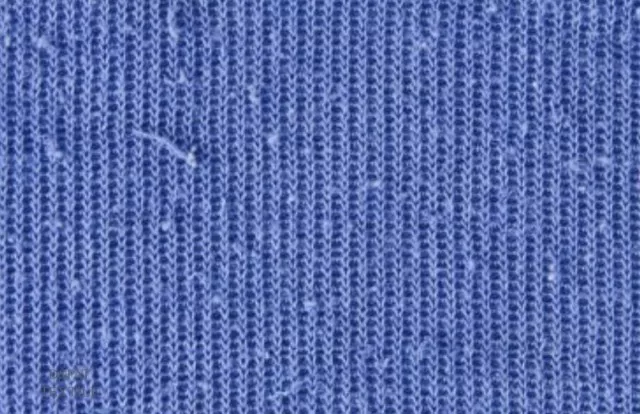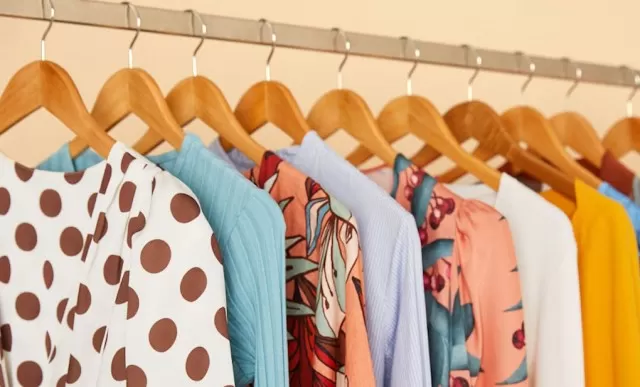If you’re curious about what causes pilling, how to prevent it, and how to remove fabric pills, we have the answers for you.
Have you ever experienced the frustration of finding unwanted fuzzballs on your favorite sweater? These fuzzballs, known as fabric pills, are small balls of lint that form on fabric surfaces due to rubbing, machine-washing, and regular use.
Pilling is not limited to clothing alone; it can also occur on upholstered furniture, bedding, and rugs.
Our goal is to provide you with the information you need to protect and restore your clothes and furniture.
How to Remove Fabric Pills

An effective method to remove fabric pills is using an electric fabric shaver, which is specifically designed for this purpose.
These shavers are readily available and affordable. Simply move the shaver gently in a circular motion over the pilled areas, being careful not to apply too much pressure and damage the fabric.
Most fabric shavers have compartments to collect the shaved pills for easy disposal.
Another option is using a disposable razor without any liquid.
Place the fabric on a flat surface, hold the area taut, and use the razor to remove the pills. Be cautious not to cut or snag the fabric.
Afterward, use a lint roller to pick up the removed fuzzballs.
Alternatively, a pumice stone can be a cost-effective and efficient method to remove fabric pills.
Glide the pumice stone softly over the pilled surface until the fabric becomes smooth, then use a lint roller to collect the pills.
When using these tools, avoid excessive de-pilling.
Wait until there are a sufficient number of pills to cover a larger area. While these methods do not typically damage the fabric, using them too frequently can weaken it over time.
How to Prevent Fabric Pilling

While some fabric pilling is inevitable with regular use, there are steps you can take to minimize or prevent it.
When it comes to clothing, start by carefully sorting your laundry and hand-washing delicate items or those prone to pilling.
If machine washing is necessary, use a gentle cycle, turn garments inside-out, and consider using mesh laundry bags for added protection.
Drying garments in a machine dryer can contribute to pilling, so air-drying is preferable.
If using a dryer, avoid oversized loads, separate like items, and promptly remove garments that are more prone to pilling once they are dry.
Preventing pilling on upholstered furniture is challenging, as regular use leads to natural fabric pilling.
However, there are methods to remove pills and restore the fabric’s appearance.
What Causes Fabric Pilling?

Fabric pilling occurs when the fibers in clothing, furniture, or bedding loosen and clump together due to wear and use.
Certain fabrics are more prone to pilling, but this doesn’t necessarily indicate lower quality. Synthetic fabrics, blends of multiple fibers, and looser weaves are more likely to pill.
Additionally, the pills may appear slightly darker than the original fabric color due to dirt and dust accumulation.
*The information is for reference only.